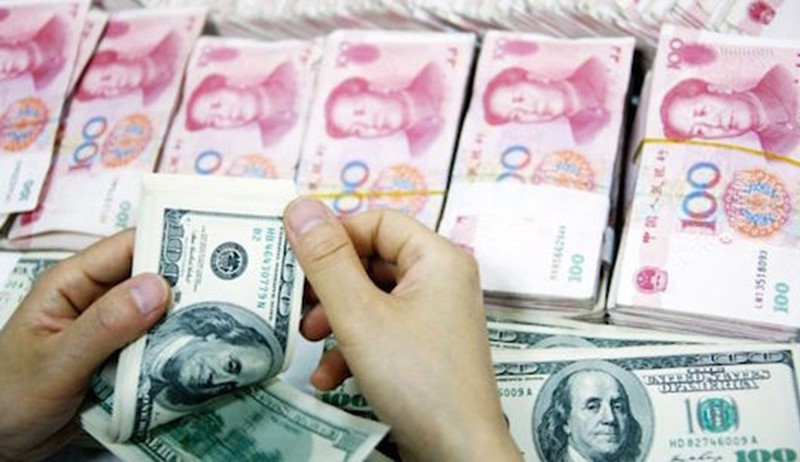
China's currency, the renminbi (RMB), or the Yuan, is gaining popularity as the world's 5th used payment currency. This news comes as China has long established itself as a major player in the global economy, second only to the United States.
Against this backdrop, the People’s Bank of China’s 2015 Renminbi Internationalization Report, has established that alongside being the 5th used payment currency, the the RMB is also the 2nd most used trade finance currency, and the 6th most traded currency during 2014.
This is a very interesting development as China has been very strategic in its economic development plans, and the RMB's rise is in major parts due to the arrangements the Chinese have made entering into over 30 bilateral currency swap agreements since December 2008.
It is further understood that as of May 2015, "the total value of effective currency swap agreements was RMB 2.9 trillion (US$ 468 billion). In 2014, an equivalent of RMB 1.13 trillion (US$ 182 billion) of swaps were conducted under these swap agreements."
The world's reserve currency remains that US Dollar, and for China to replace that, would for certain, not be an easy task considering China's wider issues with concerns over currency manipulation during times when there are signs that it's economic rise is being threatened. Many analysts and political figure-heads have expressed concerns over this issue many times, and have called on China's policy makers to make the RMB more of a free floating currency, like other major currencies.
These currency swaps, as discussed prior, can be viewed as what is being referred to as credit lines that both parties can draw upon at a pre-fixed exchange rate.
Furthermore, these currency swap agreements further assist with the settlement of trade deals in RMB, which, according to some experts can be seen as possibly improving transaction costs for trade, and also helping to cement confidence about the RMB within the market.


